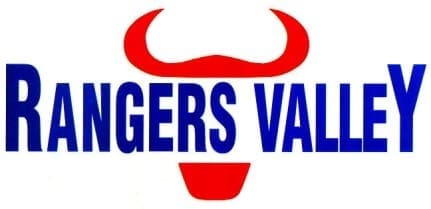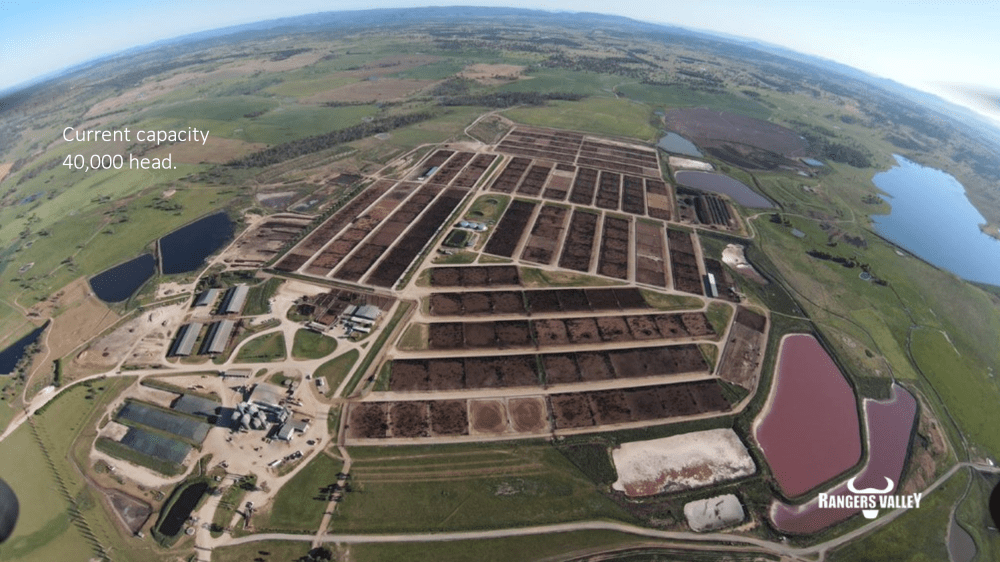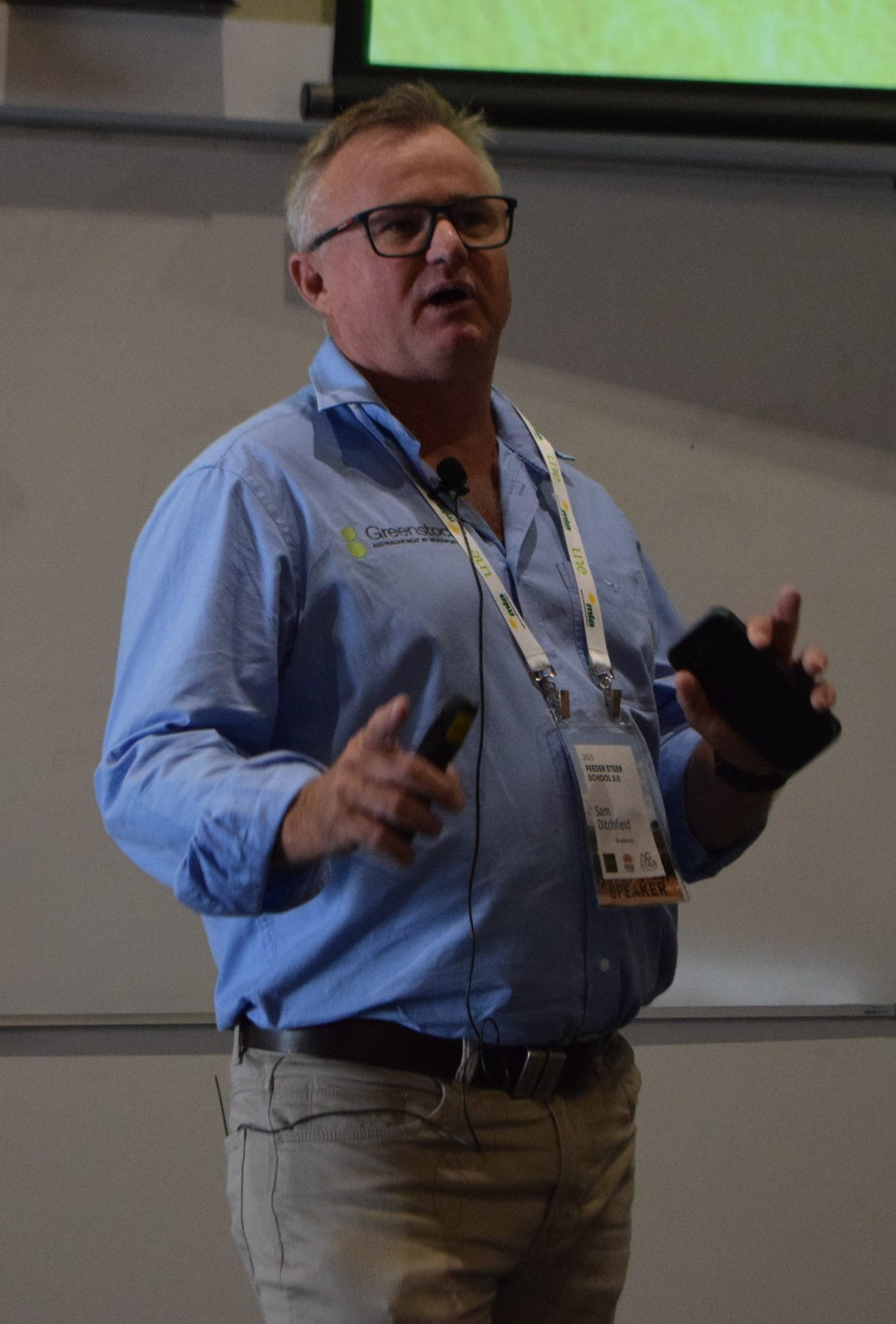AS delegates at last week’s Armidale Feeder Steer School were told know their cattle and work out how to align them with premium markets, it is worth delving deeper into the priorities of two premium markets from opposite ends of the grainfed spectrum.
Woolworths is one of Australia’s biggest buyers of feeder cattle, with about 6000 head/week being processed from its 70-day grainfed program. Rangers Valley is a 40,000 head feedlot in Northern New South Wales that is part of the growing long-fed Angus and Wagyu sector. Rangers Valley is profiled in Beef Central’s earlier Top 25 Lotfeeders report.
Both companies had speakers at last week’s school giving insights into the specifics that drive their supply chains and what they are looking for in the cattle they buy. Beef Central has compiled a list of priorities.
Short-fed programs
Foam tray reigns supreme
When it comes to processing meat, a key priority for Woolworths/Greenstock is to make sure primal cuts fit through a series of “letterbox” holes on conveyers and ultimately land comfortably into a certain size foam tray for a nice tight plastic seal.
This makes it important for carcases and cuts to hit the required specs.
Overweight primal cuts that do not fit into the letterboxes can cause issues for the production line as they often need to be manually handled. If the cut of meat is too big for the foam tray it is hard to get a good seal which ultimately reduces the shelf life.
Woolworths outsources most of its beef supply chain through its subsidiary Greenstock, which uses a processing company called Hilton Foods to breakdown carcases and package the meat ready for the shelf – a process that is largely automated.
“They are formula one machines, they are 16 lines that go 17 hours/day, seven days/week to produce those 5m packets of meat every week,” Greenstock livestock manager Sam Ditchfield said.
Complying with carcase specification
With those machines needing to run efficiently, Mr Ditchfield said one of the company’s main aims was to keep carcase weights as close to spec as possible – which is 275kg. He said an ideal steer was about 280-400kg going onto feed, yielding a finished fat cover between 9-12mm.
“Frame score for us is probably the most important thing. The frame score will determine what age and what carcase weight that animal is going to be mature,” he said.
“That moderate easy doing animal that finishes on grass and finishes in a feedlot is what we want.
“We don’t want big, rangey, late-maturing and unproductive animals.”
Marbling
 All Woolworths short-fed beef is MSA graded, with a wide array of breeds going into the program. Mr Ditchfield said it was mostly Bos Taurus cattle, with allowances for about 30pc Bos Indicus content.
All Woolworths short-fed beef is MSA graded, with a wide array of breeds going into the program. Mr Ditchfield said it was mostly Bos Taurus cattle, with allowances for about 30pc Bos Indicus content.
“Straight Santa Gertrudis is probably the limit on Bos Indicus content,” he said. (Note Beef Central’s recent report on the ranging definitions across the industry of what constitutes a ‘flatback,’ including comment from Greenstock.)
“There is no marbling requirement, marble score one or two we are comfortable with. But people shop with their eyes, so we want them to see a little bit of marbling if they are looking for it.
“We want fat cover, but we don’t want too much of it. If we are getting around 10-12mm of fat that is ideal. We want to be 3mm on the ribs because if you don’t have 3mm on the ribs it falls out of MSA grading.”
Greenstock also works closely with its suppliers on managing other factors like transport preparation, weather and low-stress stock handling to reduce the risk of dark cutting.
Longer-fed
Marbling the main priority
 Rangers Valley has almost the direct opposite priority of Greenstock when it comes to marbling. The company has mid-fed and long-fed Angus programs and a Wagyu cross program, all going into beef brands that use marble score as their selling point.
Rangers Valley has almost the direct opposite priority of Greenstock when it comes to marbling. The company has mid-fed and long-fed Angus programs and a Wagyu cross program, all going into beef brands that use marble score as their selling point.
The company’s livestock analyst Maddie Fryer told the feeder steer school that there are four factors that influence marbling.
- Genetics – breed, gene and heritability
- Gender – preference for steers in long-fed Angus programs. With some heifers in the Wagyu X program at less than 50pc/pen – with a preference for spayed heifers
- Nutrition – cow nutrition in calf, ratio of concentrate to roughage and vitamins
- Management – castration, age at weaning, age and weight at slaughter
Optimising entry weights
Ms Fryer there was a growing case to bring down average entry weights into the feedlot – which normally range between 375kg and 450kg.
She showed a series of graphs demonstrating that when carcase weights start to become too heavy, there is more variability in the traits like marbling.
“Animals can only grow so big,” she said. “You have a heavier animal, they are still going to top out at a certain point.”
While she said there was a growing case to bring down entry weights, variation in entry weights can cause issues – with lighter cattle potentially being bullied off the feedbunk. Reducing variability in weights for each entering cohort was also a priority.
Preference for backgrounding
Minimising stress through the supply chain was important for Rangers Valley – with stress responses reducing marbling potential.
A series of different managing practices are employed to reduce stress, which has driven the company to a preference on cattle the company has backgrounded. The backgrounded cattle have also been presenting with less Bovine Respiratory Disease.
“With our backgrounding cattle, they get two shots of the BRD vaccine,” Ms Fryer said.
“Some of our paddocks have feed bunks, which actually trains the cattle to use them and the other is that they are co-mingled in a less stressful environment.”


